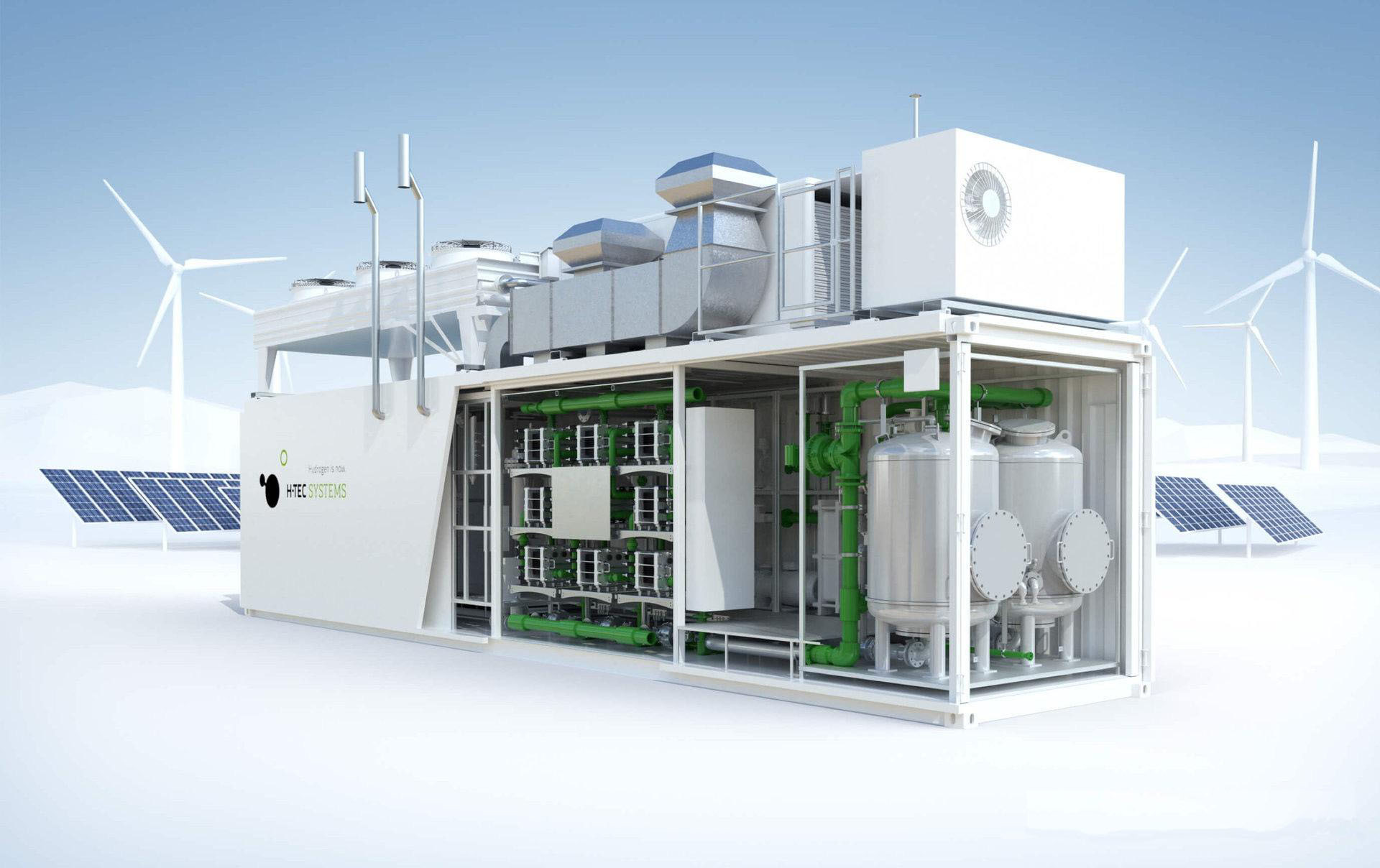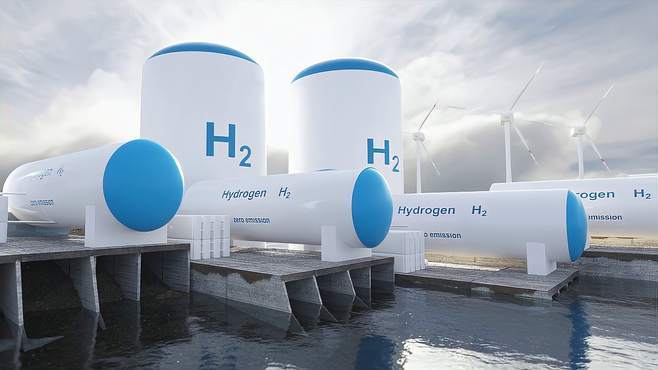Emergency shutdown causes and emergency handling of water electrolysis hydrogen production equipment
Release time:2025-01-06
As a core equipment in the hydrogen energy industry chain, the safety and stable operation of the water electrolysis hydrogen production unit is crucial. However, in actual production, emergency shutdown (emergency stop) is a rigid measure to cope with sudden risks.
I. Six Triggering Factors for Emergency Shutdown
1. Equipment Failure Sudden failures (such as leakage, blockage, or abnormal pressure) of key equipment such as electrolyzers, circulation pumps, valves, or pipelines are common causes of emergency shutdowns. For example, the rectifier cabinet may trip due to insufficient cooling and overheating,
or blockage of the oxygen film regulating valve may cause system overpressure. In addition, hydrogen leakage caused by aging seals and abnormal shutdown of the alkali solution circulation pump may trigger interlocking protection.
2. Process Parameter Loss of Control When core parameters such as temperature, pressure, and liquid level exceed the safety threshold, the unit will automatically interlock and shut down.
• Excessive cell temperature (>90℃): accelerates the corrosion of the electrolyzer, and the power supply must be immediately cut off and the temperature lowered;
• Imbalance in the hydrogen-oxygen separator liquid level: A liquid level difference exceeding the set value may lead to hydrogen-oxygen mixing, causing an explosion risk;
• Abnormal system pressure (e.g., cell pressure >3.0MPa): may be caused by regulator failure or gas pipeline blockage.
3. Raw Material and Energy Interruption Interruption of raw water supply or substandard water quality (such as impurities blocking the electrolyzer), and failures of power/cooling water and other auxiliary systems all require emergency shutdown.
For example, when the power is suddenly cut off, the hydrogen-oxygen vent valve must be manually opened to depressurize to zero.
4. Human Error Accidental touching of the interlock switch, incorrect parameter settings (such as excessively high water level setting), or illegal operations (such as handling alkali solution without wearing protective equipment) may directly trigger a shutdown.
5. Force Majeure Natural disasters such as earthquakes and floods, or external power grid fluctuations and gas source interruptions, require immediate activation of emergency plans.
6. Control System Defects Latent risks such as program logic errors and sensor drift (such as distortion of liquid level transducer signals) may lead to misjudgment and shutdown.
II. Key Operation Procedures After Emergency Shutdown
1. System Pressure and Gas Management
• Immediately close the main hydrogen-oxygen valve and the user-end valve, and start nitrogen replacement to prevent air from entering (flash explosion risk);
• When depressurizing, slow operation is required, and the liquid level difference of the hydrogen-oxygen separator should be monitored simultaneously (the difference should be <50mm) to avoid gas mixing;
• In abnormal situations (such as pipeline fire), prioritize cutting off the gas source and injecting nitrogen to suppress the fire.
2. Equipment and Medium Disposal
• Alkali solution management: Stop the water replenishment pump to prevent abnormal fluctuations in the liquid level, and recover the alkali solution to the alkali preparation tank if necessary;
• Circulation pump control: Maintain alkali solution circulation for 30-60 minutes after shutdown to prevent overheating and scaling of the electrolyzer;
• Electrolyzer cooling*: Reduce the cell temperature to below 50℃ through the cooling water system to avoid thermal stress damage.
3. Safety Protection and Detection
• Close the analyzer sampling valve to reduce electrode wear, and wear protective equipment when handling leakage points (e.g., for potassium hydroxide splashing, rinse with an eyewash for 15 minutes);
• Forced ventilation to reduce the hydrogen concentration in the plant (explosion lower limit 4%), and prohibit the use of non-explosion-proof electrical appliances.
4. System Recovery and Inspection
• After shutdown, a comprehensive check of fault points is required: such as cleaning clogged filters, replacing failed seals, and calibrating sensors;
• Before restarting, nitrogen purging (2-3 times), electrolyzer voltage uniformity test (single cell pressure difference <1V), and interlock function verification must be completed.
Related News











